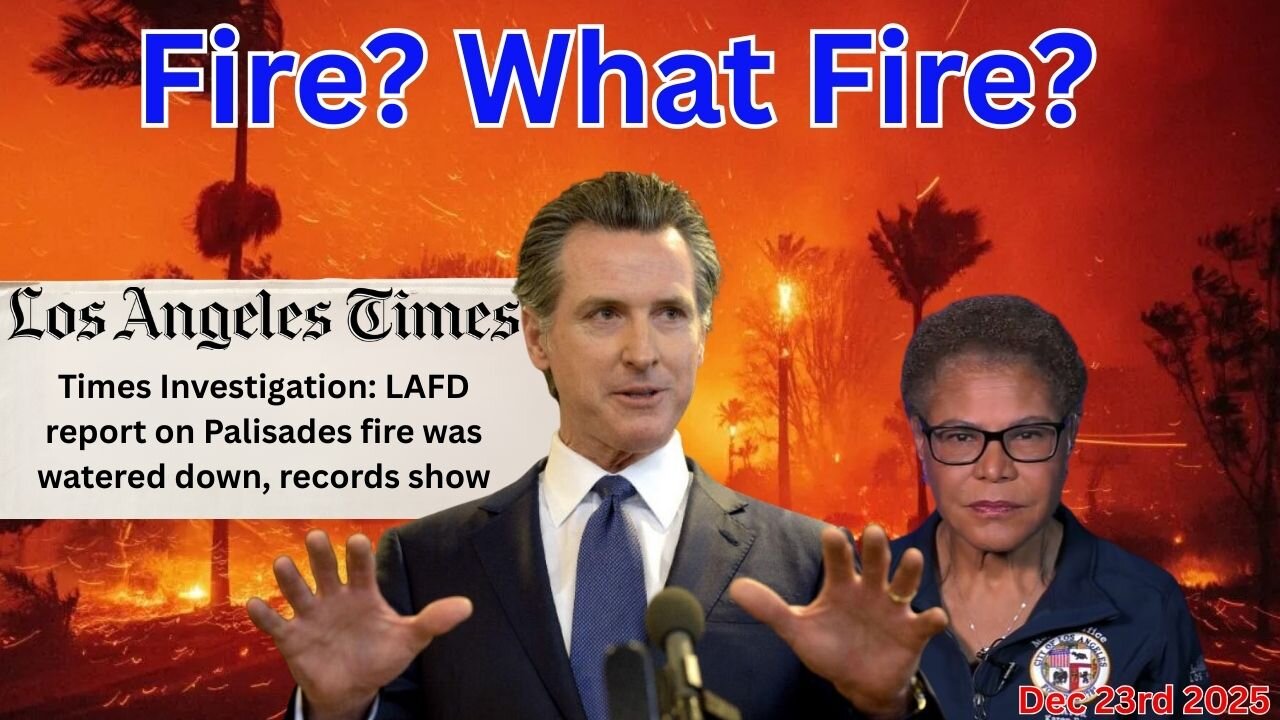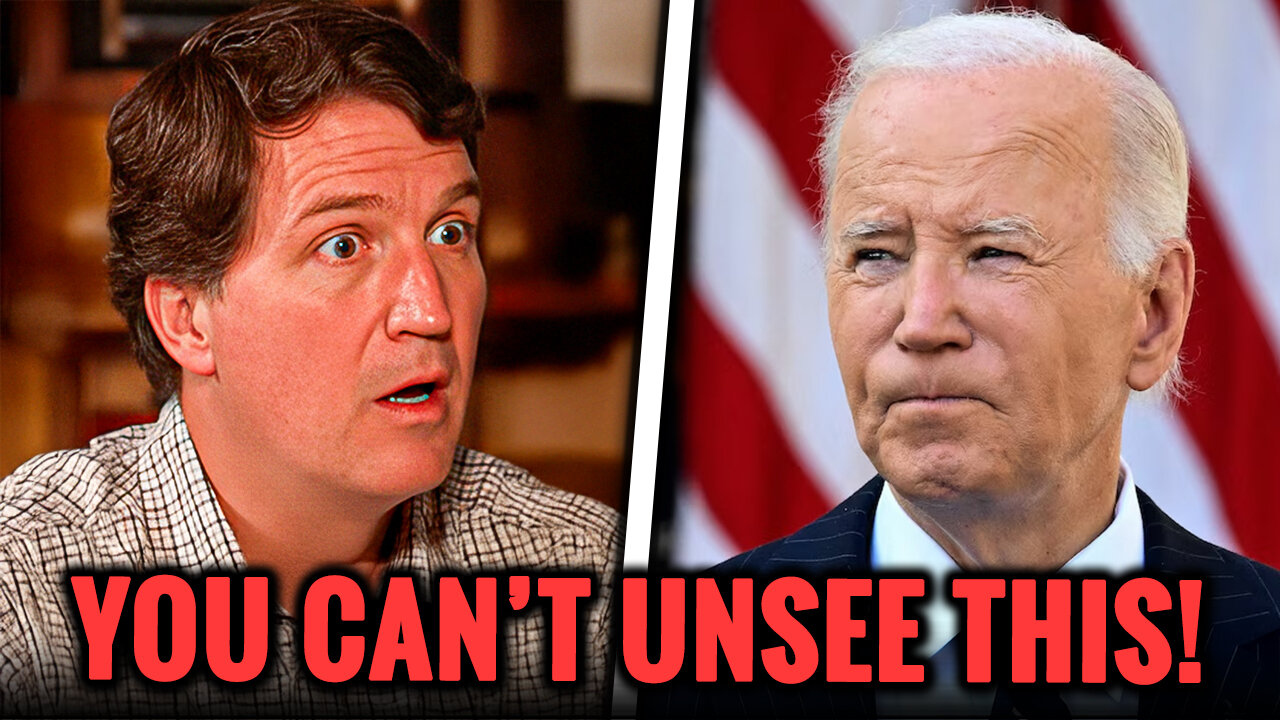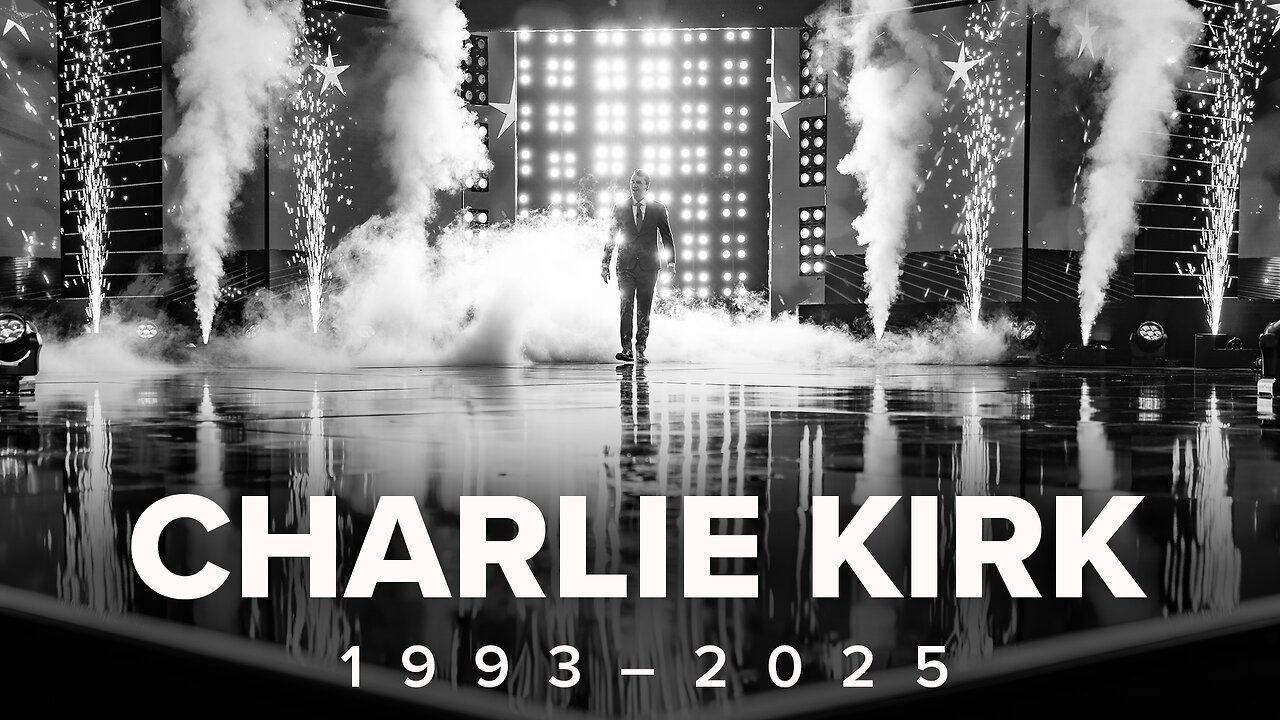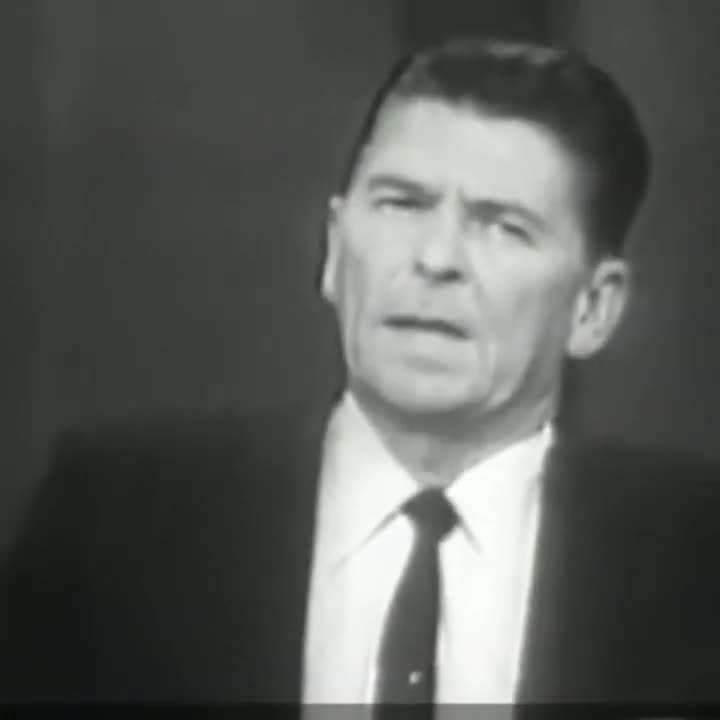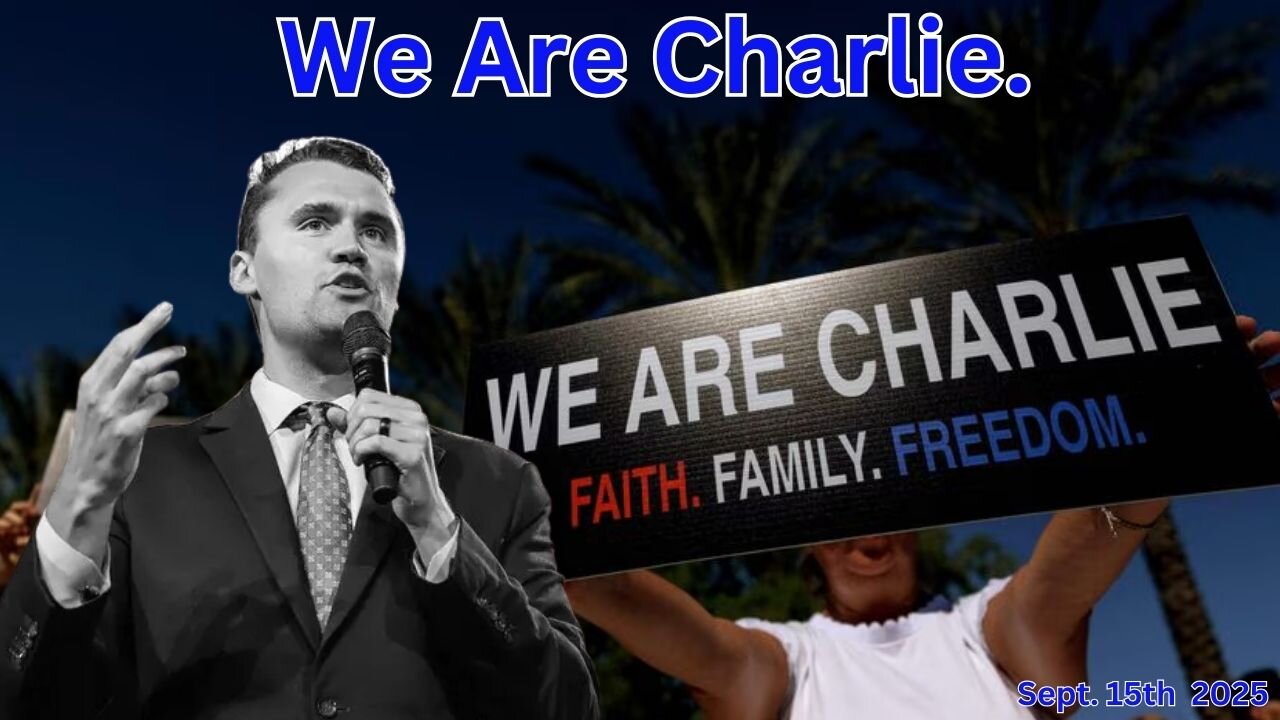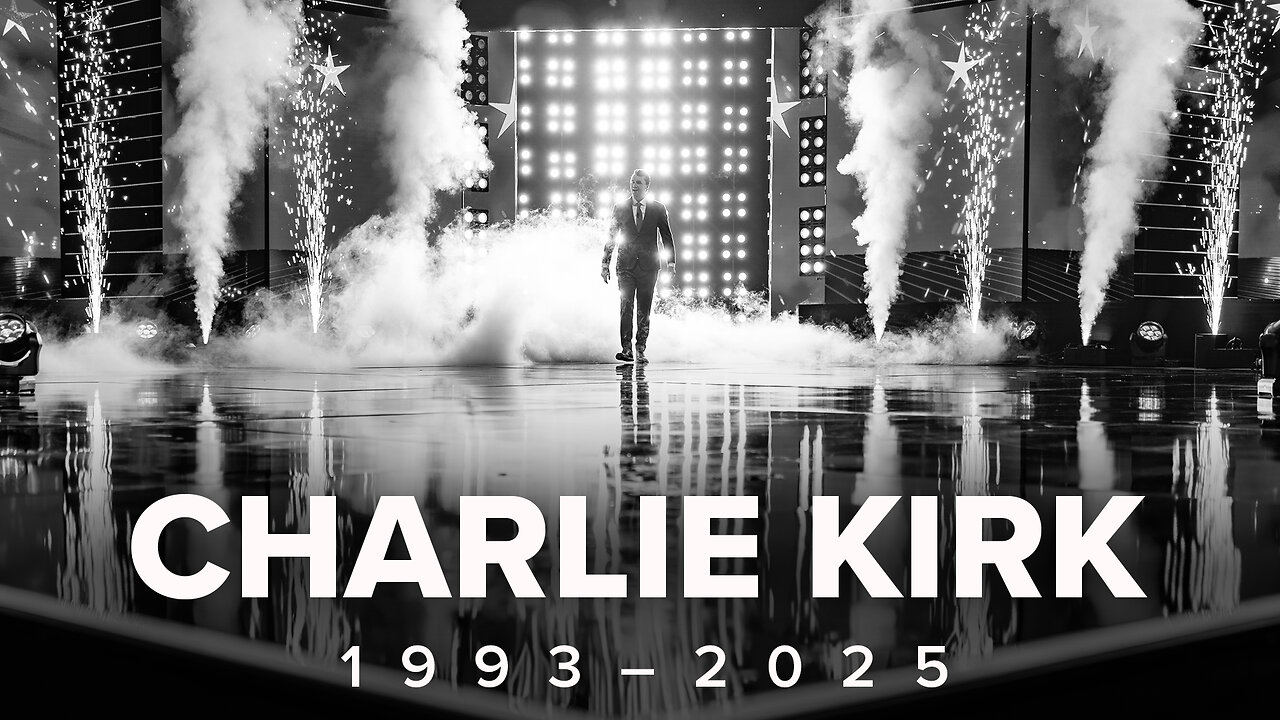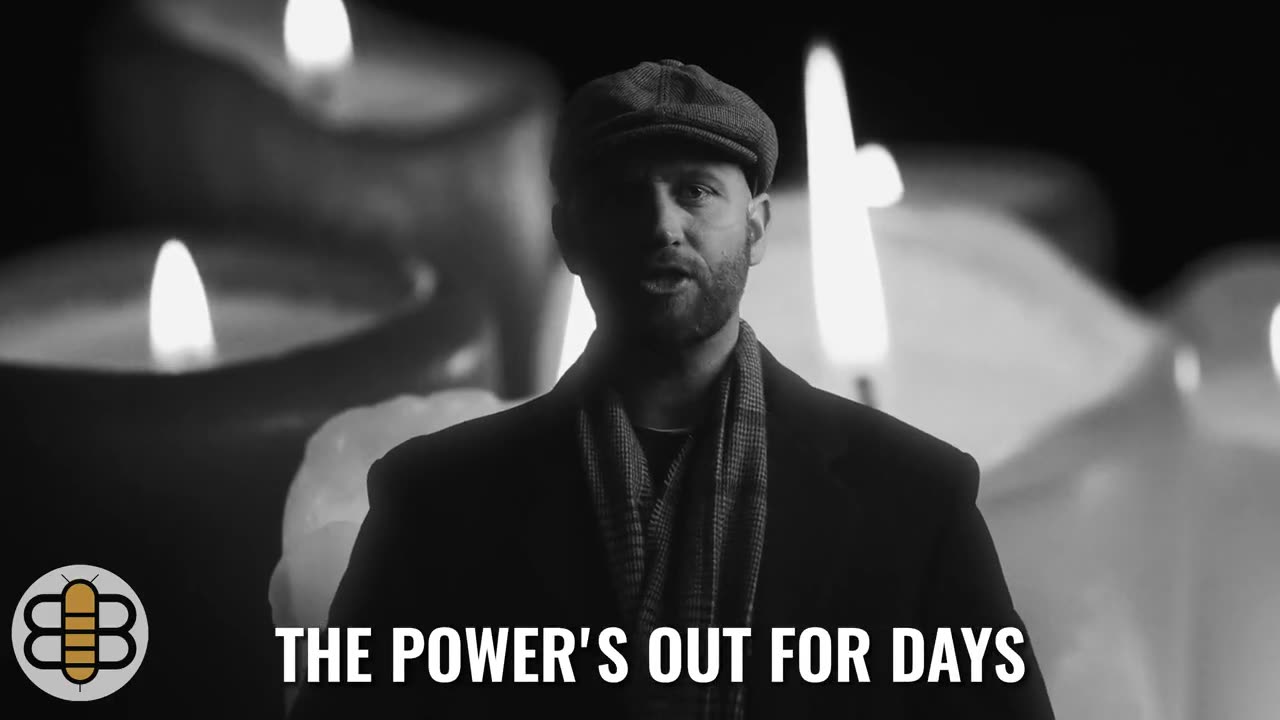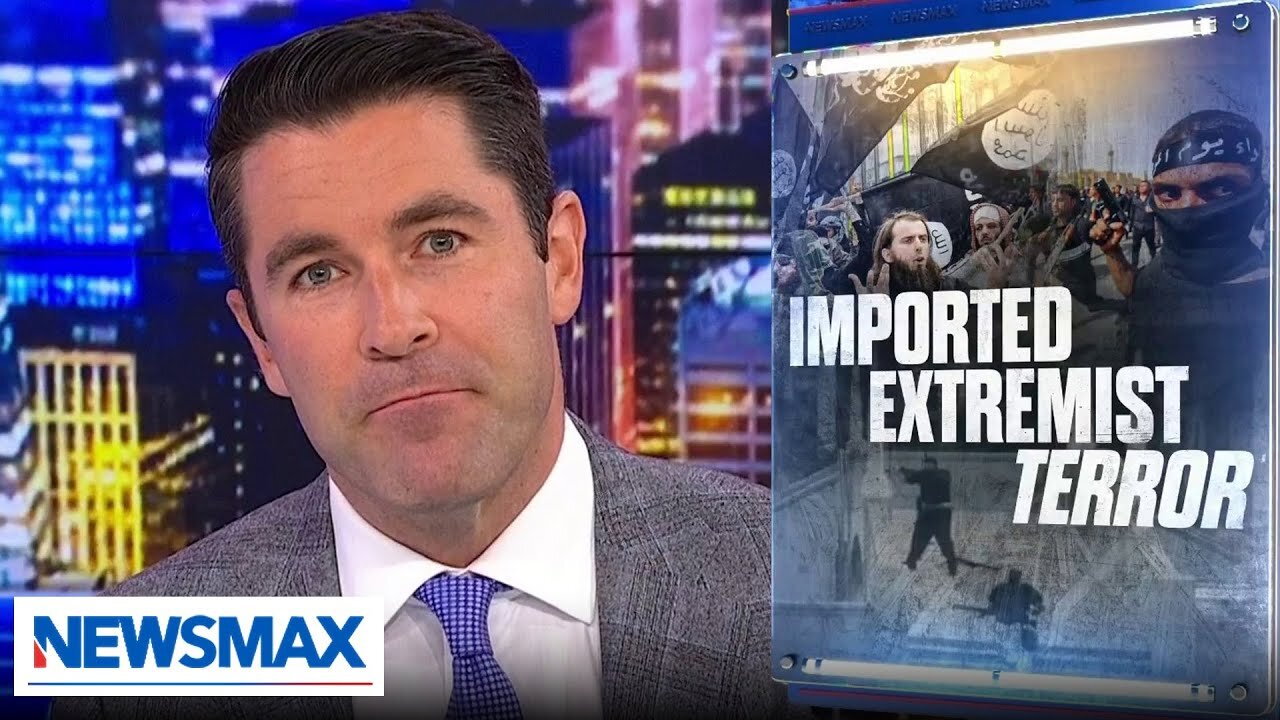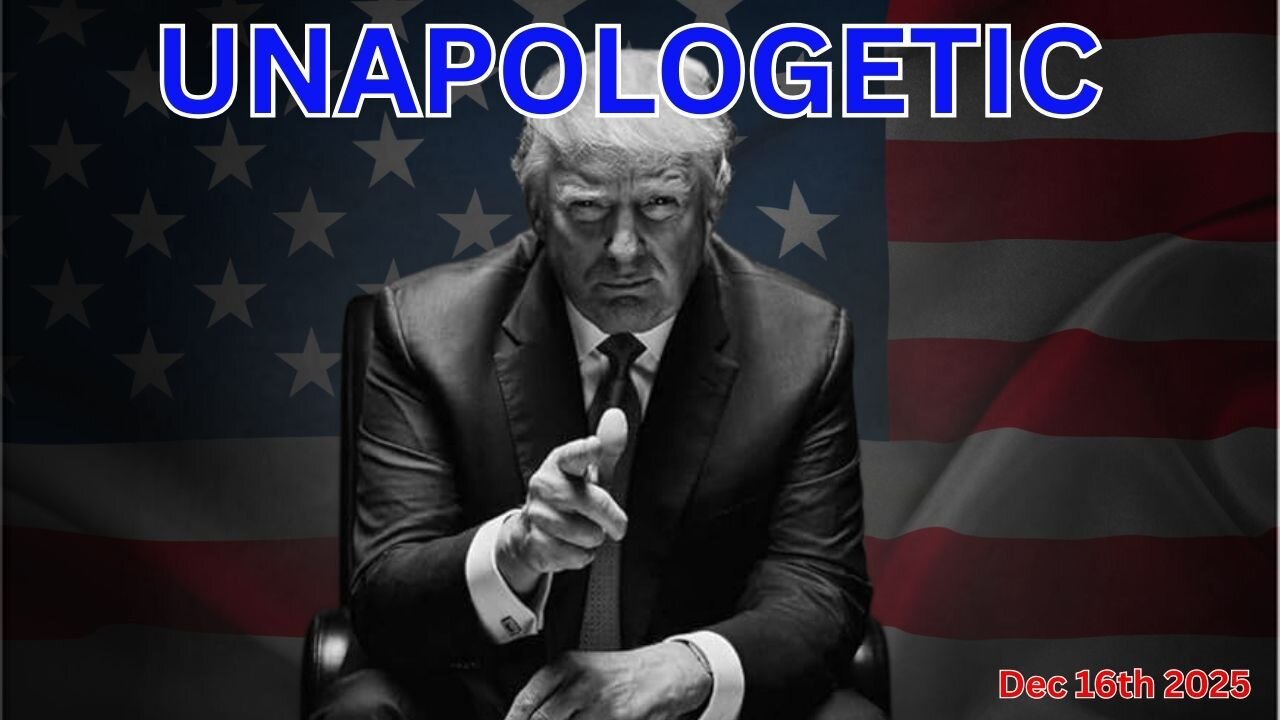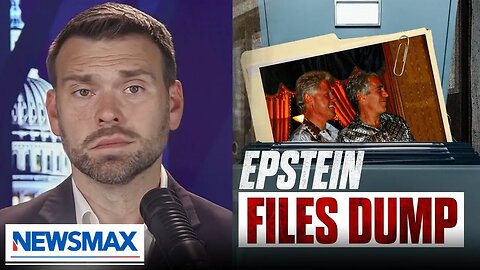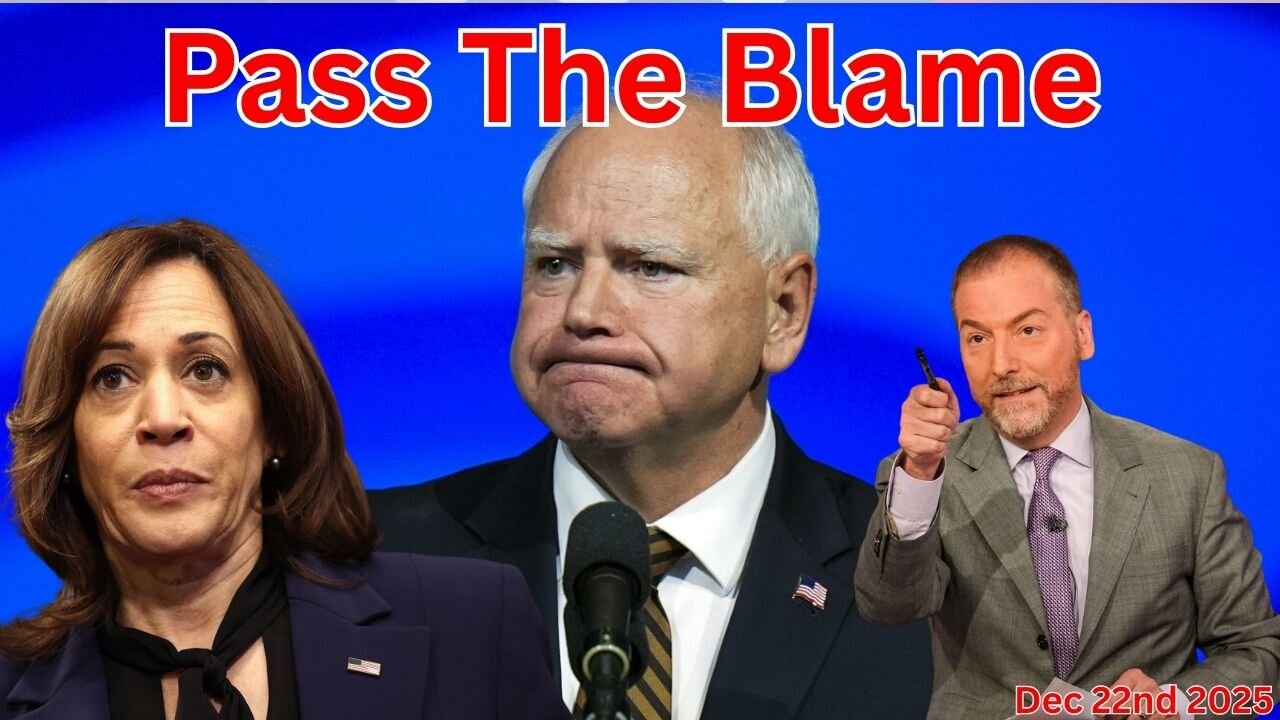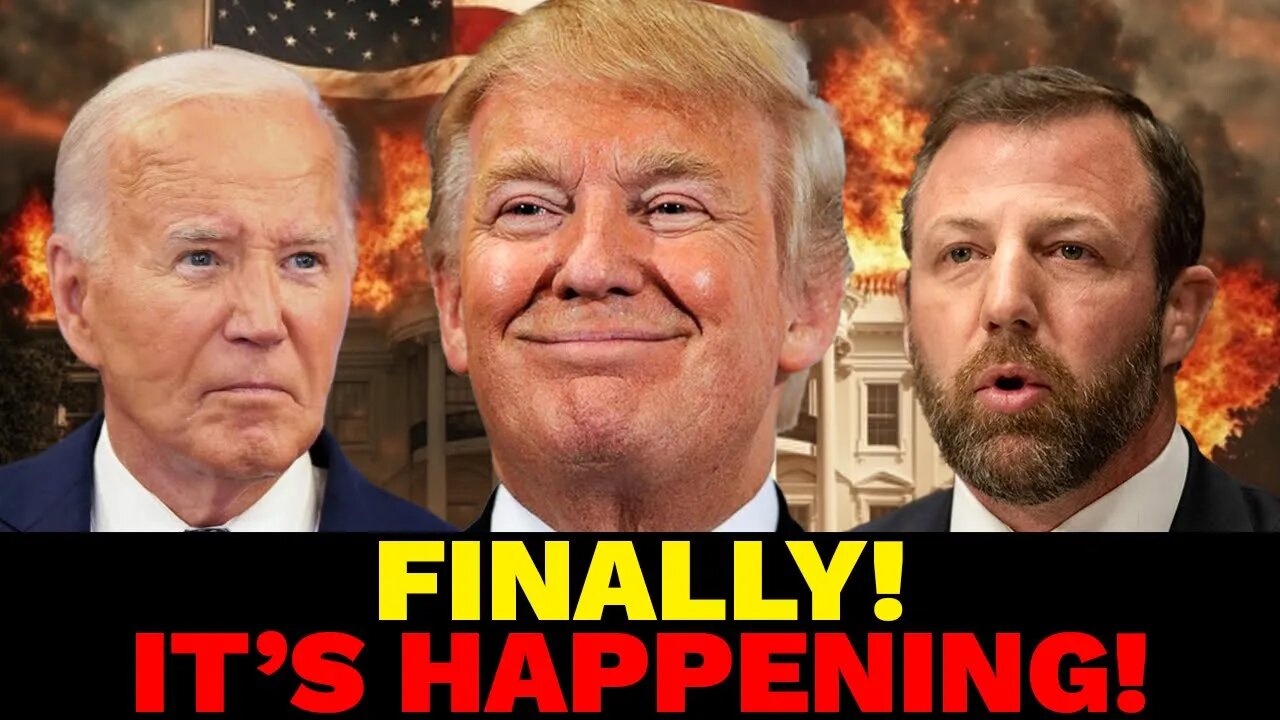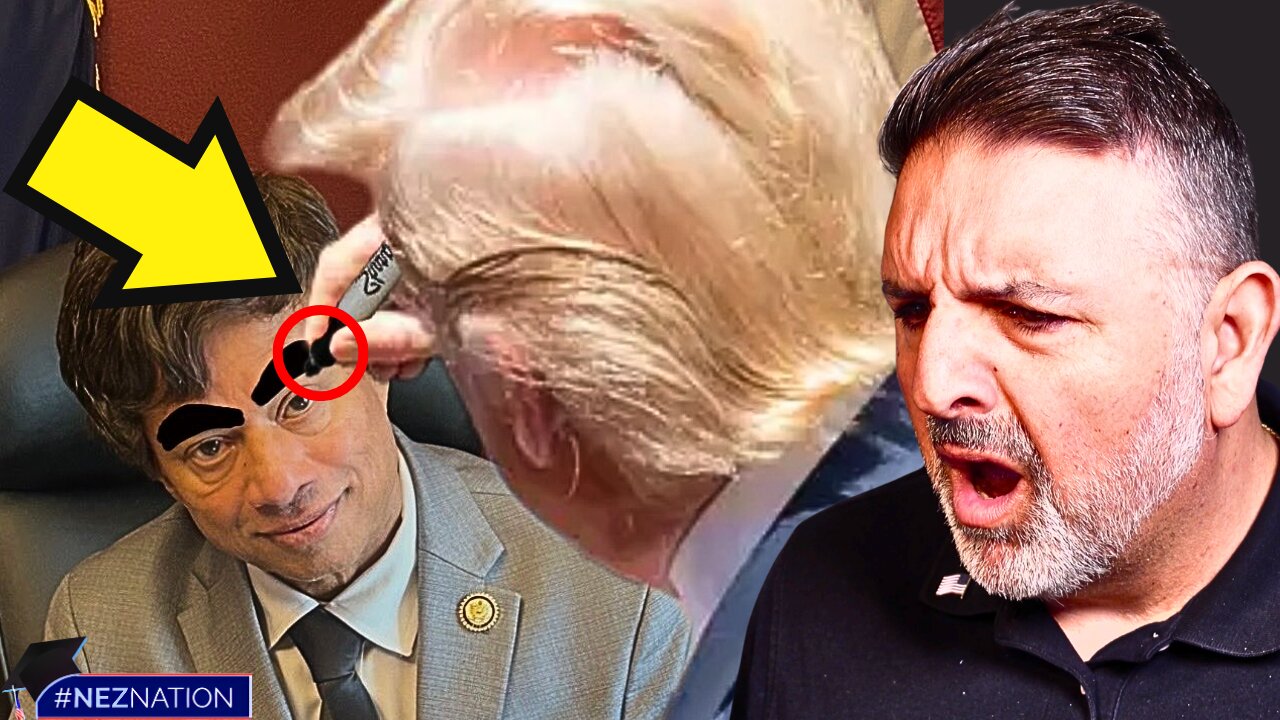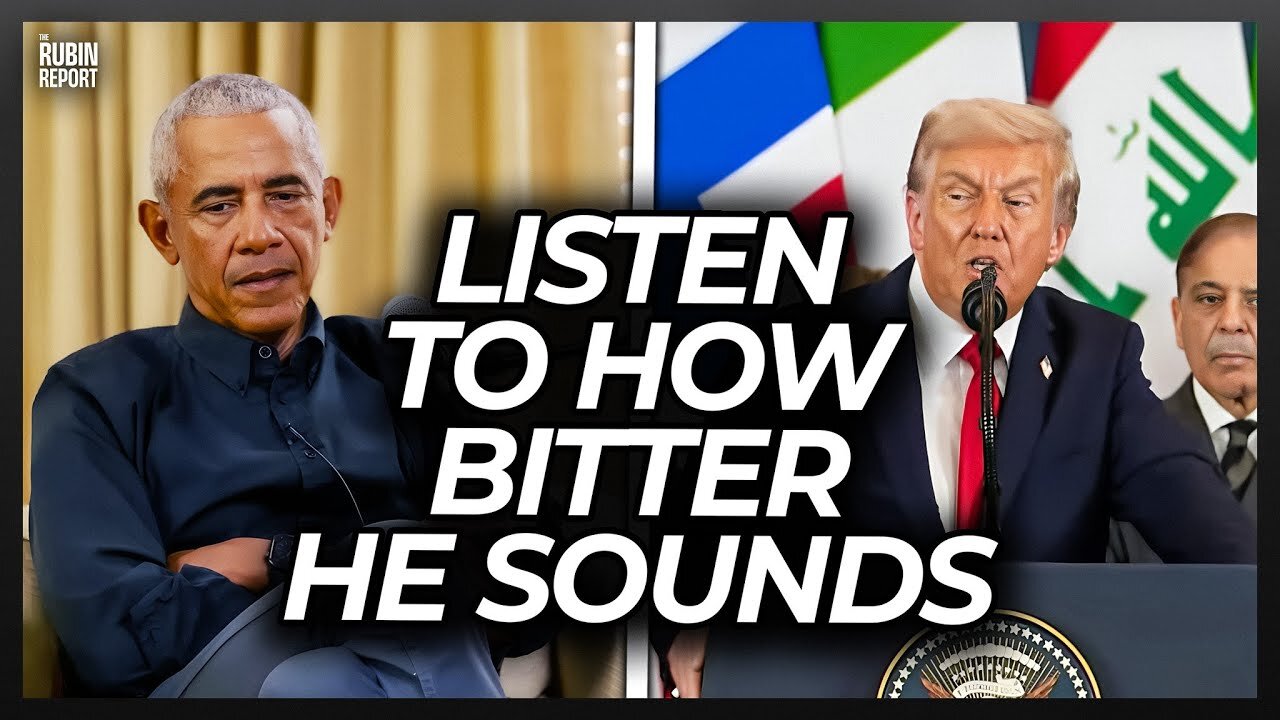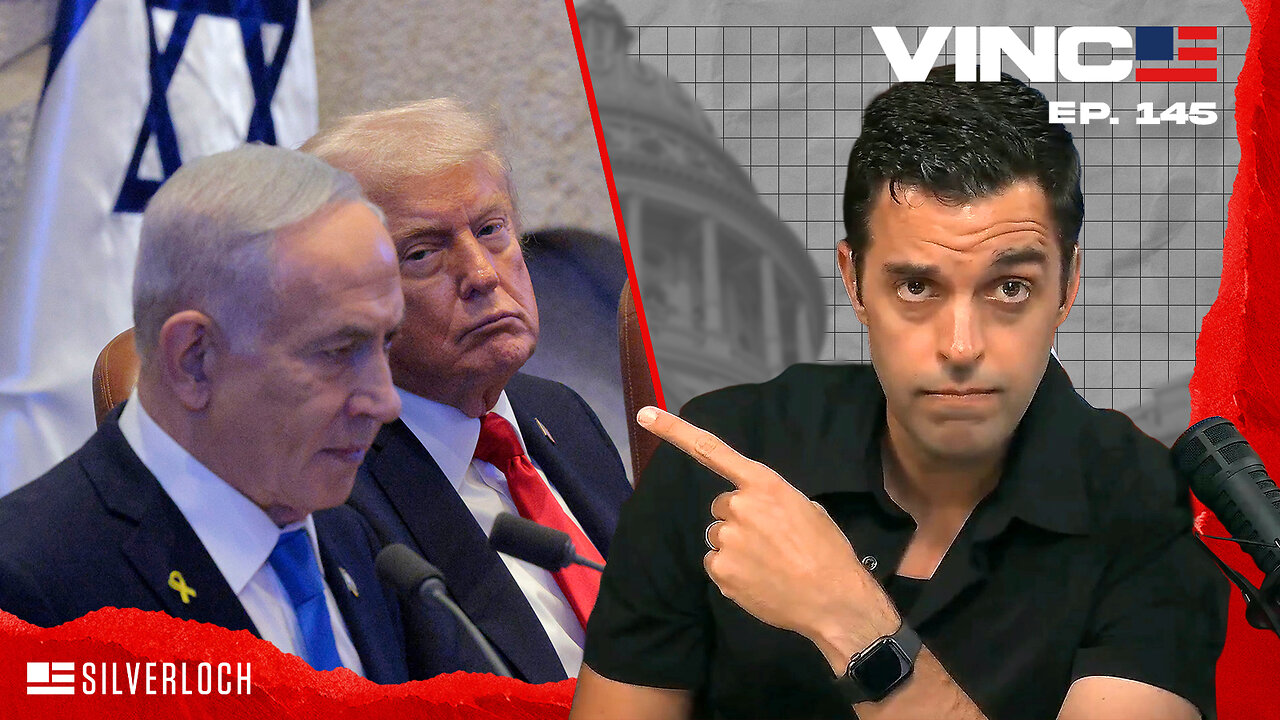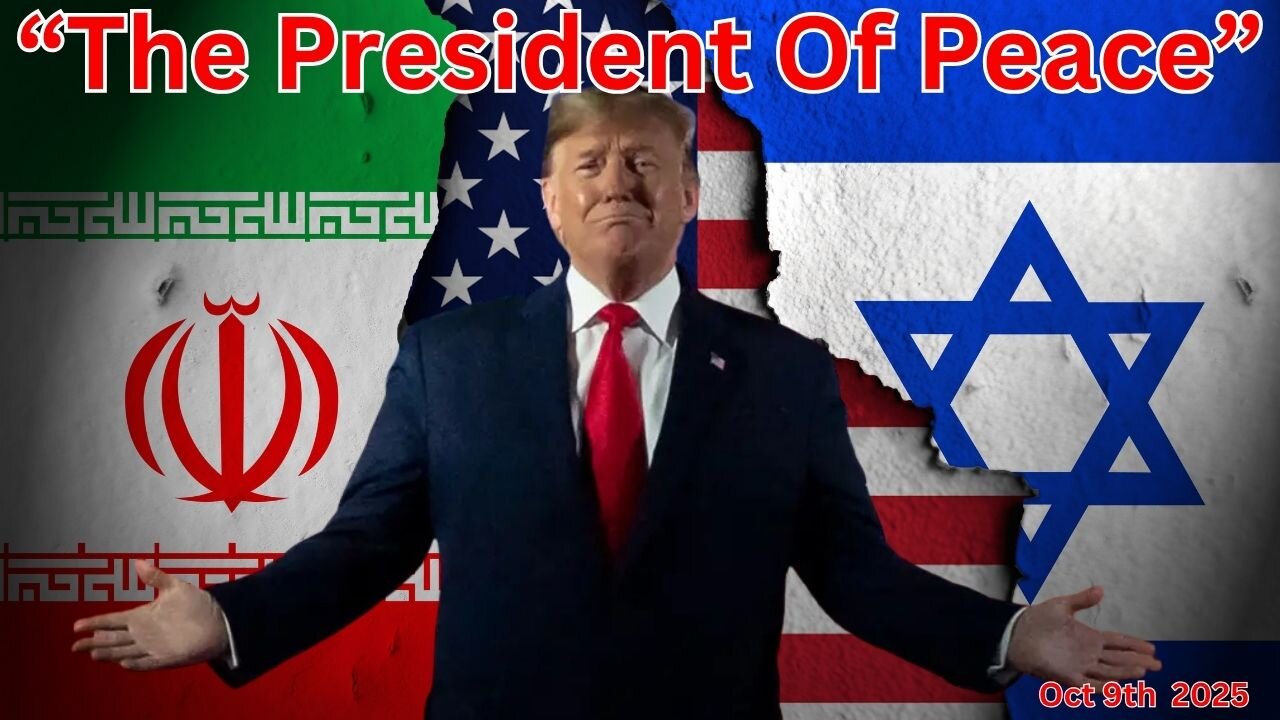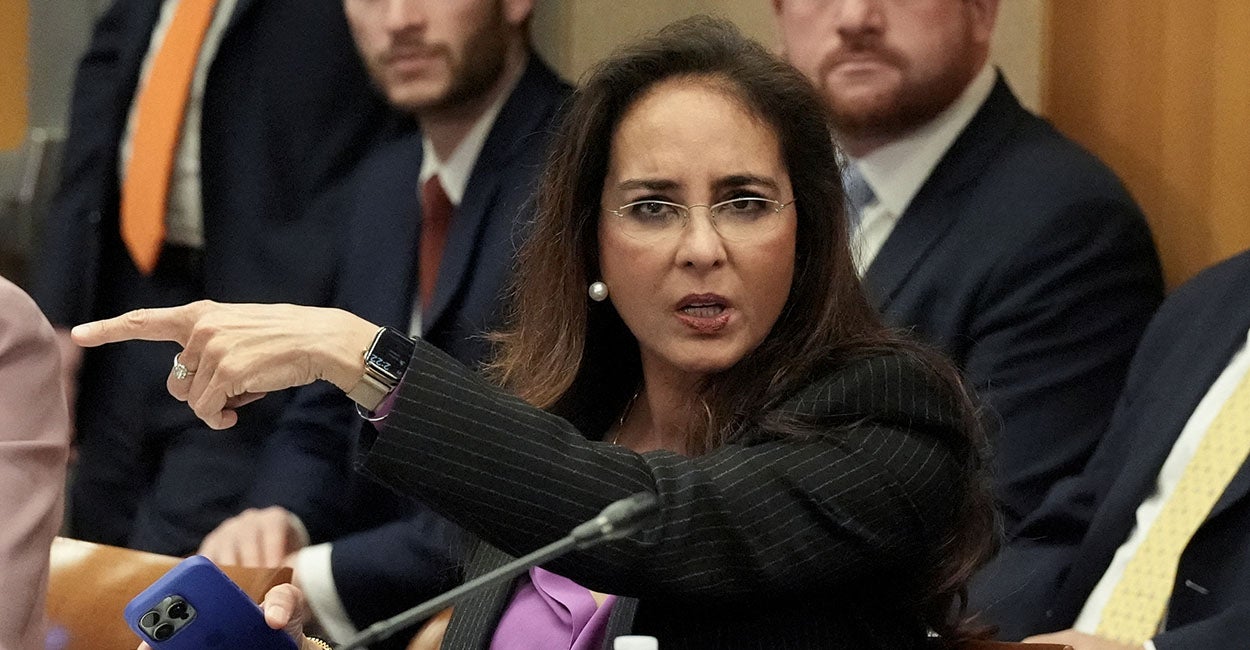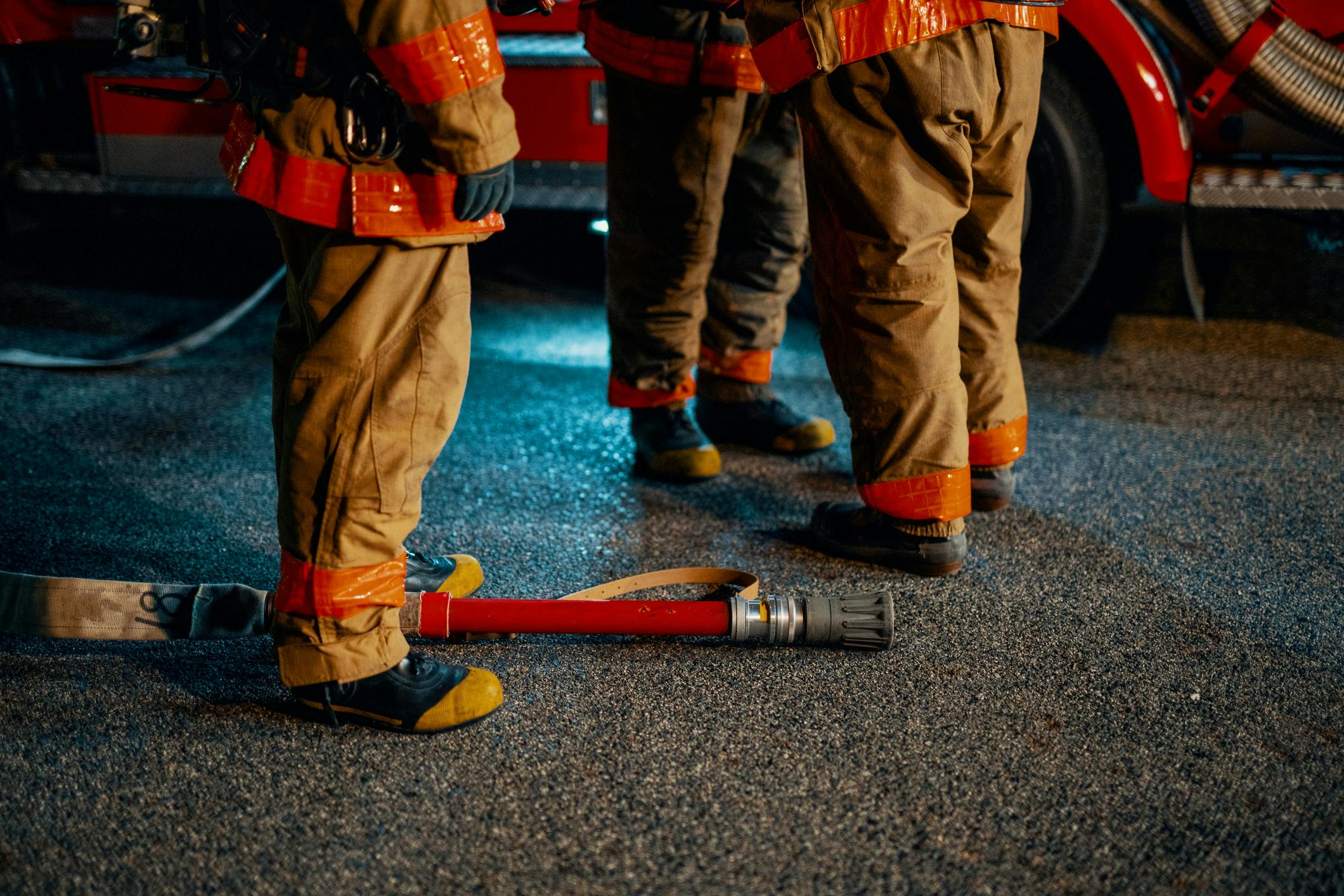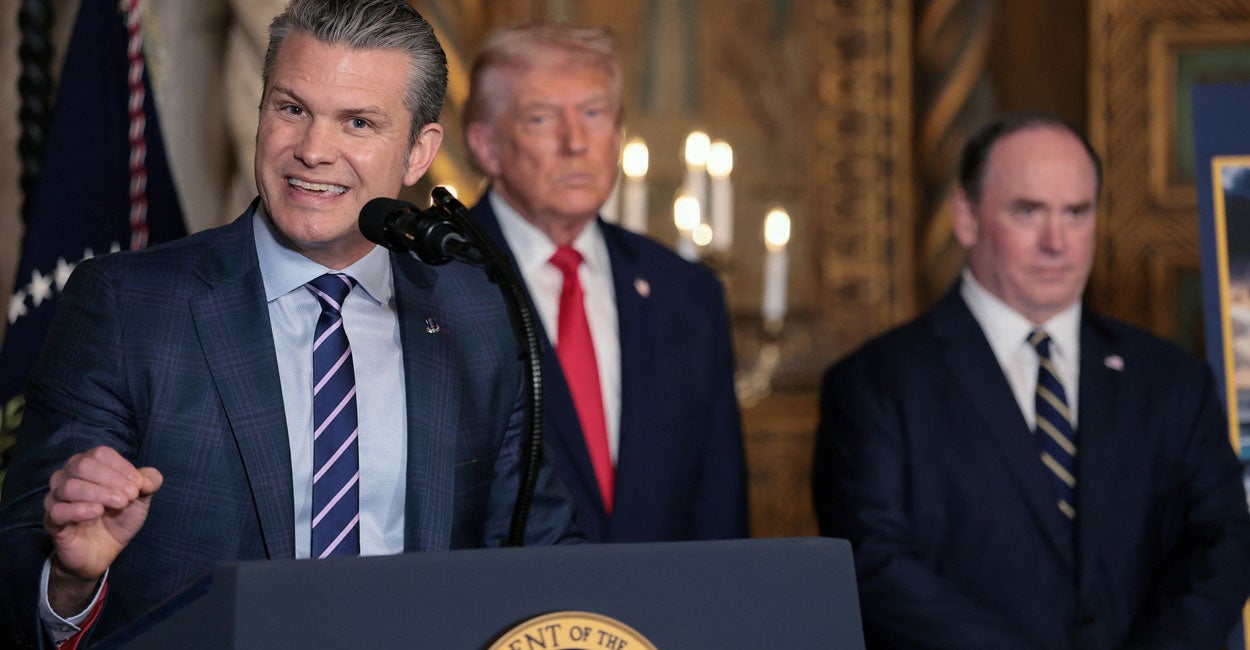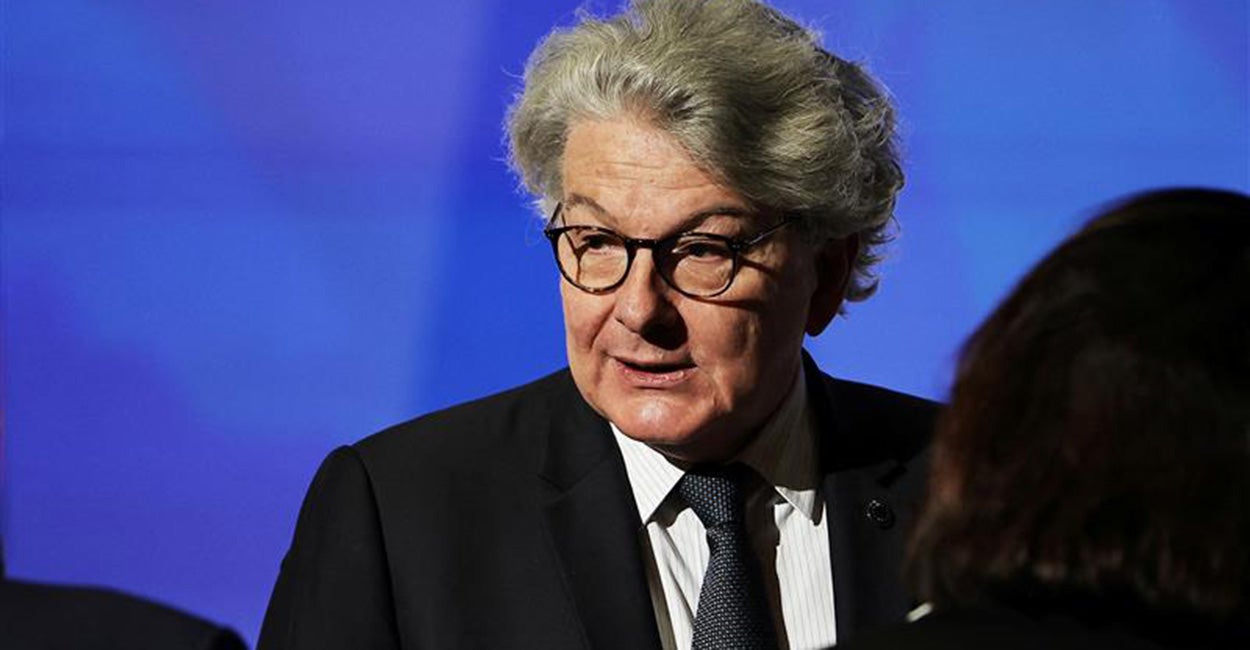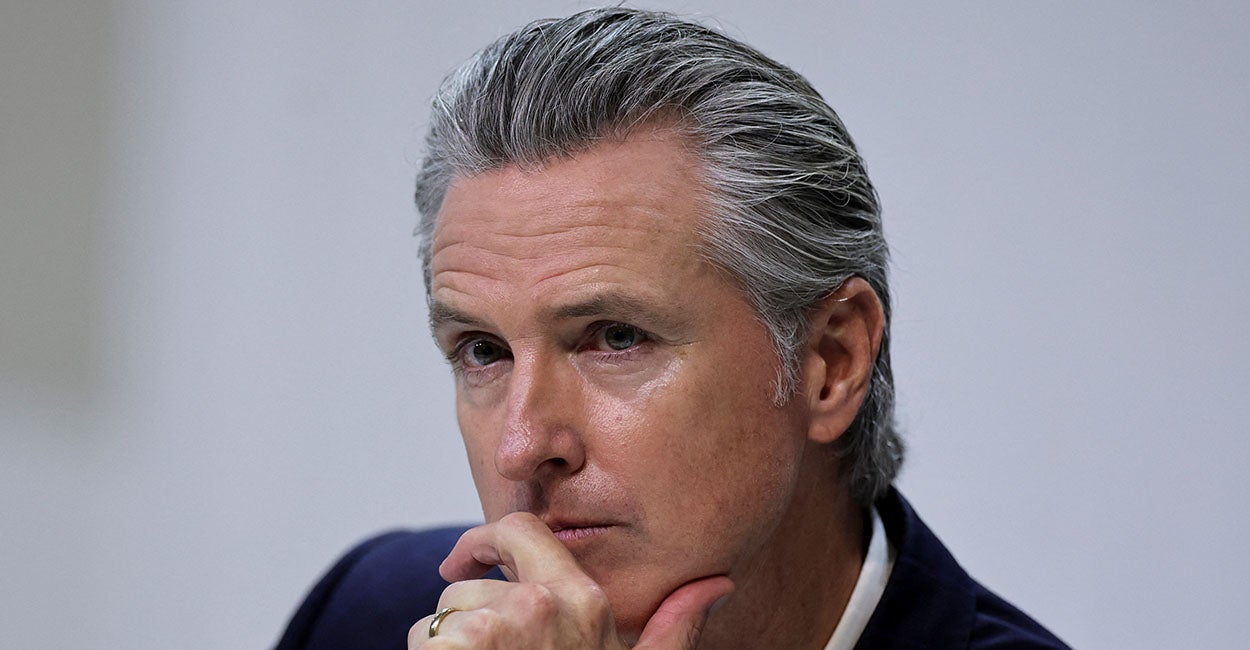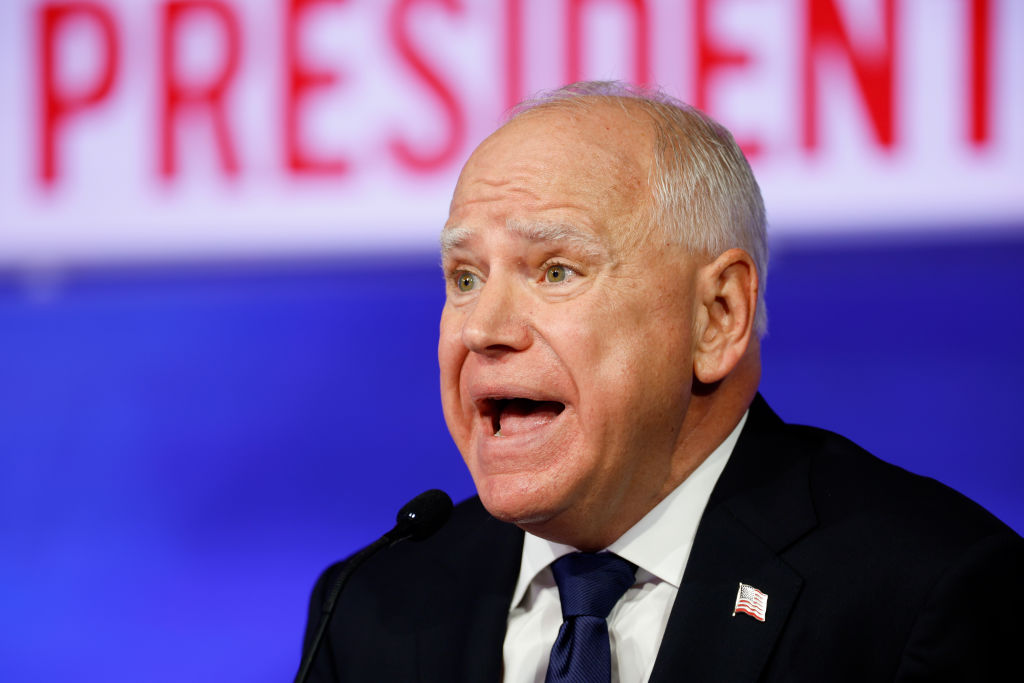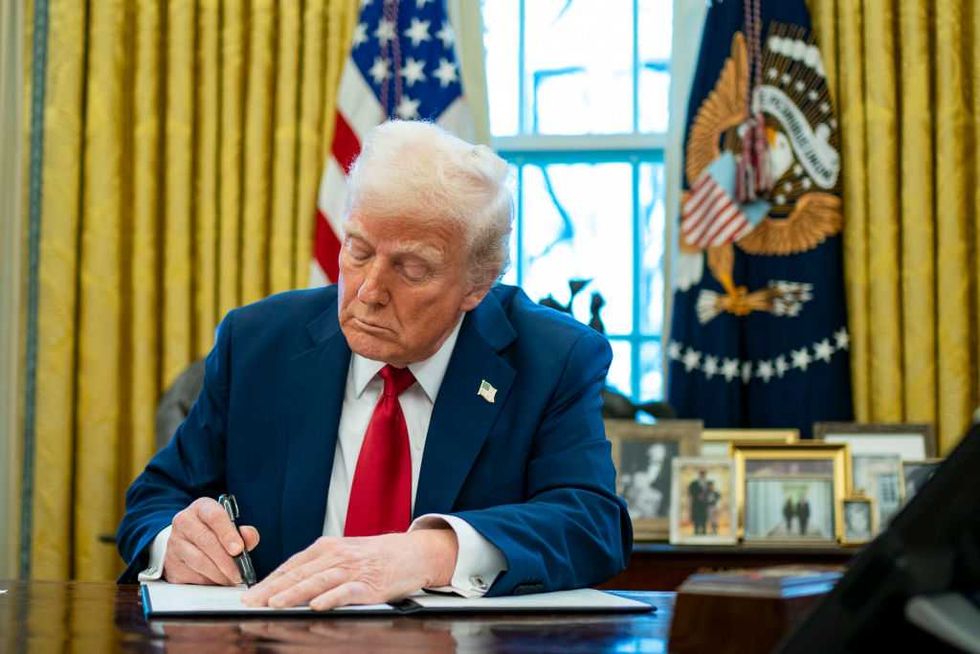Military Defiance: Iranian Air Force Officer Demands Regime Change, Calls For Million-Man March

This week, Colonel Ebrahim Aghaie Komazani, an Iranian Air Force officer, hurled one of the boldest public military challenges to the Islamic Republic since its founding in 1979.
Live Your Best Retirement
Fun • Funds • Fitness • Freedom
Standing beside the pre-revolutionary Lion and Sun flag — a powerful emblem of the Pahlavi monarchy — Komazani called for a “million-man march” on November 16 to begin a national transition toward a new government. His statement, invoking divine duty and historical legitimacy, framed his defiance as a moral and patriotic mission rather than an act of rebellion.
Komazani began by highlighting two “truths” meant to connect Iran’s present struggle with the legitimacy of its pre-1979 constitutional monarchy. First, he recalled that during the 1979 revolution, the late Shah ordered the Imperial Armed Forces not to fire on civilians, underscoring that sovereignty belonged to the people, not the monarch. Second, he credited the remnants of the Imperial Air Force with saving the country during the Iran–Iraq War, implying that the Islamic regime owes its survival to patriots loyal to the old order.
From this foundation, Komazani’s address escalated into an explicit call for the overthrow of the Islamic Republic. He warned personnel across the military, police, intelligence, and judiciary that continuing to suppress protests would make them enemies of the nation and traitors before God. Declaring the current clerical regime “false” and “criminal,” he urged soldiers to stand with the people rather than enforce repression. Should Crown Prince Reza Pahlavi, heir to the exiled monarchy, declare an armed resistance necessary, Komazani said it would then be both a right and a duty for Iranians to rise up militarily. His closing words praised national sacrifice and invoked symbols of imperial Iran — the Derafsh-e-Kaviani and Lion and Sun flag — as rallying icons for freedom and restoration.
Komazani’s appeal resonated with a growing revival of monarchist sentiment inside Iran. Just days before his declaration, two men dressed in Iranian army uniforms were arrested in Tehran’s metro after publicly displaying the old flag, a scene captured on social media and swiftly suppressed by authorities. Such acts have become more frequent since the 2022 Mahsa Amini protests, where the banned flag reemerged as a secular and nationalist symbol rejecting the Islamic Republic.
Komazani’s message aligns closely with Reza Pahlavi’s June 2025 appeal for “regime change” and a peaceful national transition. Speaking from Paris, the exiled prince compared the coming moment to the fall of the Berlin Wall, portraying Iran as poised for liberation from tyranny. He accused Supreme Leader Ali Khamenei of economic plunder, nuclear adventurism, and totalitarian control, asserting that the regime’s collapse was imminent. Pahlavi announced initiatives for a unified transition government — anchored in national integrity, individual freedom, and secular democracy — and called for an organized civilian–military alliance to peacefully dismantle clerical rule.
Together, Komazani’s defiant call from within Iran’s military and Pahlavi’s coordinated campaign abroad form a potent narrative of unified rebellion, suggesting that even within the armed forces, resistance to the Islamic Republic is maturing into an open challenge for regime change.
Originally Published at Daily Wire, Daily Signal, or The Blaze
What's Your Reaction?
 Like
0
Like
0
 Dislike
0
Dislike
0
 Love
0
Love
0
 Funny
0
Funny
0
 Angry
0
Angry
0
 Sad
0
Sad
0
 Wow
0
Wow
0






